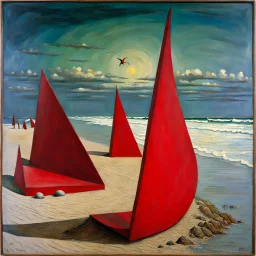

@Mabaaigen
Prompt
Metaphysical nothing everywhere De Chirico beach
Poorly drawn, pixelated, compressed, low resolution, normal quality, low quality, yellow, bad anatomy, bad proportions, cloned face, duplicate, extra arms, extra limbs, extra legs, fused fingers, gross proportions, long neck, malformed limbs, extra legs, fused fingers, watermark, signature, username, jpeg artifacts, jpg artifacts, yellow
2 years ago
Model
SDXL
Guidance Scale
20
Dimensions
4096 × 4096











